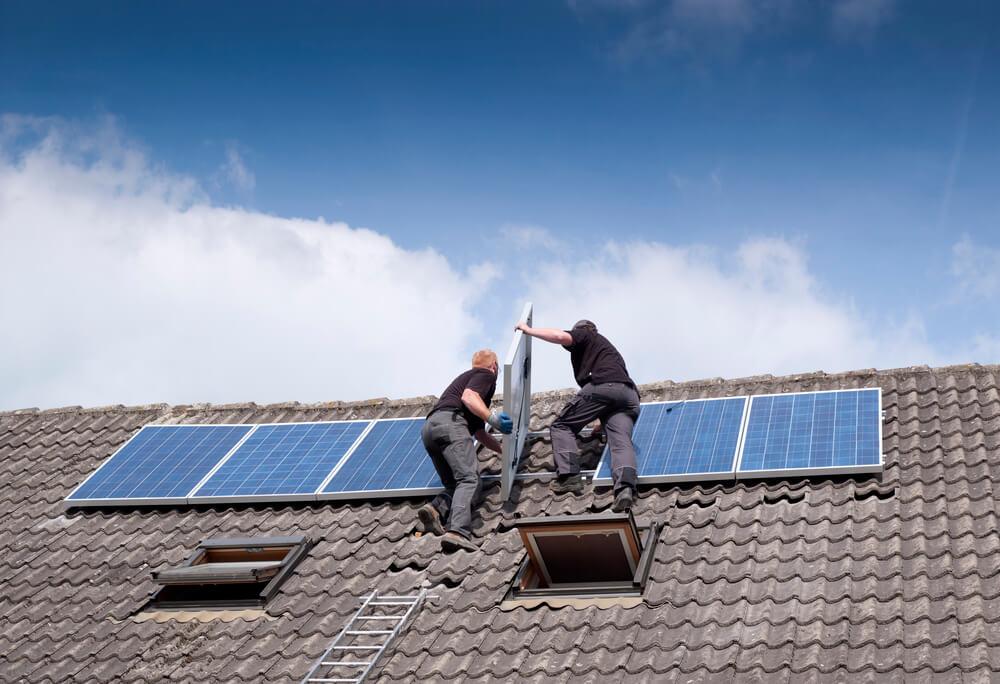The decision to install solar panels on your roof is a significant step towards a sustainable and energy-efficient future. However, what happens when you start noticing roof leaks after installing solar panels? This unexpected issue can be concerning, but it’s essential to understand that roof leaks are not an inherent consequence of solar panel installation. In this article, we’ll explore the potential causes of roof leaks after installing solar panels and provide insights into addressing and preventing this issue.

Understanding the Connection: Solar Panels and Roof Leaks
Solar panels are typically installed onto your roof using mounting brackets and anchored with bolts. While the installation process is carefully executed by professionals, certain factors can contribute to roof leaks over time. It’s crucial to recognize that the presence of solar panels alone doesn’t guarantee leaks; rather, it’s a combination of various factors that might lead to this issue.
- Improper Installation: One of the primary causes of roof leaks after solar panel installation is improper installation. If the solar panels are not securely attached or if the mounting brackets are not correctly positioned, water can seep into the gaps and result in leaks. This emphasizes the importance of hiring experienced and reputable solar panel installation companies to ensure a proper and watertight installation.
- Sealant Deterioration: Sealants are used during the installation process to create a watertight barrier around mounting brackets and roof penetrations. Over time, exposure to weather conditions and UV radiation can cause sealants to degrade, leading to gaps that water can infiltrate. Regular inspection and maintenance of the sealants can help prevent this issue.
- Roof Age and Condition: Roof age and condition impact post-solar panel leak risk. A compromised or old roof, combined with panel weight and penetrations, can worsen vulnerabilities. Before installing solar panels, it’s advisable to assess the condition of your roof and address any necessary repairs.
Addressing Roof Leaks: Solutions
- Professional Inspection: If you’re experiencing roof leaks after installing solar panels, the first step is to contact a professional roofing contractor who specializes in solar panel installations. They can conduct a thorough inspection to identify the source of the leaks and recommend appropriate solutions.
- Repair or Replacement: Based on the inspection findings, the roofing contractor might recommend repairing the damaged areas or replacing compromised components. This could involve resealing mounting brackets, replacing deteriorated sealants, or addressing any underlying issues with the roof itself.
- Regular Maintenance: Prevention is key when it comes to avoiding roof leaks after solar panel installation. Schedule regular maintenance checks to ensure that the solar panel system and the roof are in good condition. Promptly addressing any signs of deterioration can help prevent leaks and extend the longevity of your roof and solar panels.
Conclusion: Balancing Sustainability and Protection
Adopting solar panels for a greener future is great, but balance eco-friendliness with home integrity. Preventing post-installation roof leaks is possible with awareness and proactive steps, allowing renewable energy benefits while safeguarding your property. Regular maintenance, proper installation, and professional oversight are key factors in ensuring a successful and leak-free solar panel installation.



Leave a Reply